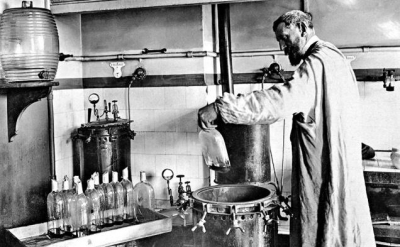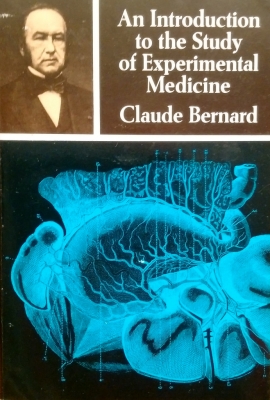Why was Gustav Kirchhoff an outstanding scientist?


Gustav Kirchhoff, a German physicist, is remembered for his pioneering work in spectroscopy, which permitted investigation of the chemical composition of stars.
His circuit laws are the foundation of electrical engineering. In 1845, while still only a student at the university, Kirchhoff wrote a paper detailing his circuit laws.
Kirchhoff discovered that radiation is given off by all objects that have a temperature greater than absolute zero, and gave a proof for his law of thermal radiation in 1861. He experimented with electrical circuits and spectroscopy, and coined the term ‘black-body’ radiation in 1862.
Along with Robert Bunsen, Kirchhoff founded the science of spectrum analysis by proving that every element gives off a characteristic wave length of light when heated to incandescence.
He also discovered that when light is passed through a gas, the gas absorbs those wavelengths it would have emitted if heated. This discovery was of great importance to the field of astronomy.




















